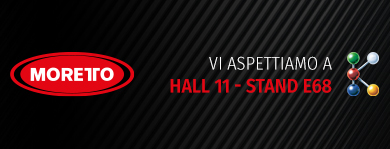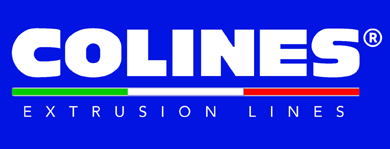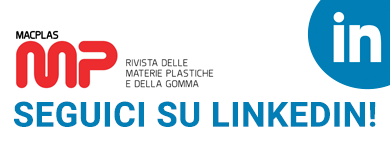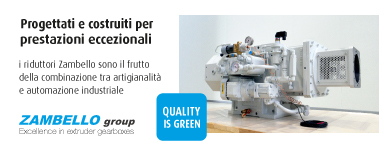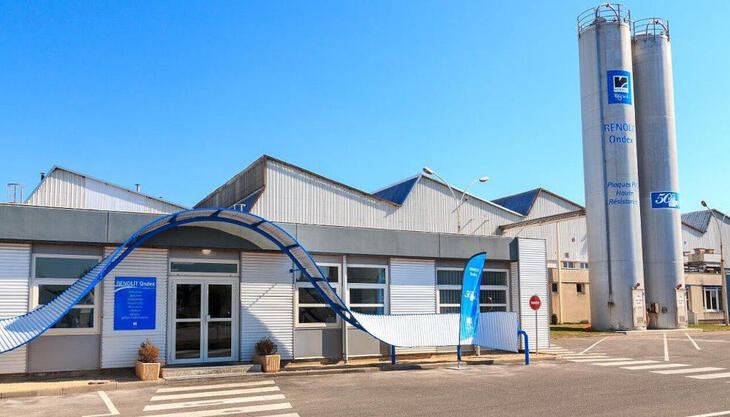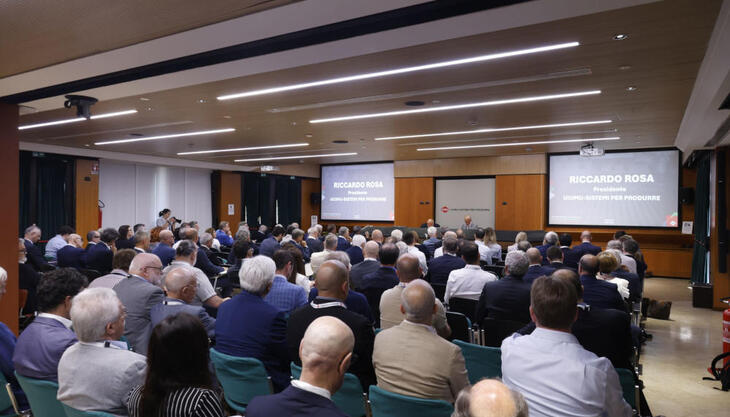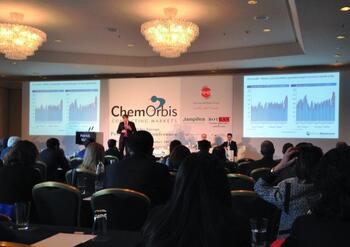
ChemOrbis Europe Petrochemicals Conference was held in Amsterdam on November 26, 2015. Players from the plastic world including converters, distributors, traders, producers of polymers and other companies active in the sector discussed the latest market trends.
Patrick Kirby from Wood Mackenzie opened the first session with his presentation titled “What is the favored chemical feedstock and why?”. He reported that oil markets still remain weak while demand is growing and the global economy is not in recession, which creates a different view relative to the 2008 oil crash. According to him, oil prices will move back into balance in 2016 as persistently low prices will begin to curtail non-OPEC oil production.
Michael Emmelius from Nexant made a presentation about the Middle Eastern petrochemical and polymers industry. He noted that lower oil prices are resulting in a significant improvement in naphtha cracking competitiveness. Meanwhile, Middle Eastern PP exports to China are projected to decline notably from 2016 to 2020 as a consequence of the fact that on purpose investments are driving China towards self sufficiency for propylene and PP, he further said.
Turkey holds the largest share in polyolefins demand in the Middle East, followed by Saudi Arabia and Iran, from which sanctions will start to be lifted gradually as of early 2016. Nexant estimates that it will take around 3 or 4 years for the Iranian petrochemicals industry to return to pre-sanctions levels.
Kambiz Mirkarimi, commercial and executive manager of Jam Polypropylene company, reported during his presentation, “Iran will be the biggest petrochemical producer in the Middle East by 2025 with the start up of 180 million tons/year of new capacities as Iran has easy access to feedstocks and enjoys the largest gas and fourth largest oil reserves in the world.” Mirkarimi added that Iran is planning to increase its share of the world’s PE capacity by 2017 following the start up of new capacities totaling almost 4 million tons per year. For PP, meanwhile, the country is expected to launch 750,000 tons/year of new capacities by 2017.
Andrey Zotov, senior manager of Basic Polymers at Sibur highlighted that Russia’s polyolefins industry is still on the path of growth in spite of negative economic indicators.
Russia’s total PP production has surged by 148% since 2007, with the country’s total polyolefins capacity now exceeding 3 million tons/year. Between 2014 and 2021, the PE market in the CIS is projected to grow by 2.8% on a yearly basis while average annual growth of 4.2% is anticipated for PP. Zotov stated that Russia will become a net exporter of PP and PE in the upcoming years, with the country’s exports being focused on Europe, Turkey and China.
Udo Jung from the Boston Consulting Group focused on prevalent trends affecting global petrochemical industries. For China, Jung reported that coal-based materials will gain market share both in ethylene and propylene production while prices and profitability will depend on the oil vs. coal differential. “China will continue to be the main driver of global petrochemicals and chemicals demand in the upcoming years while adding China’s lack of self-sufficiency for feedstocks and its dependence on foreign naphtha give it a disadvantaged cost position,” he highlighted.




